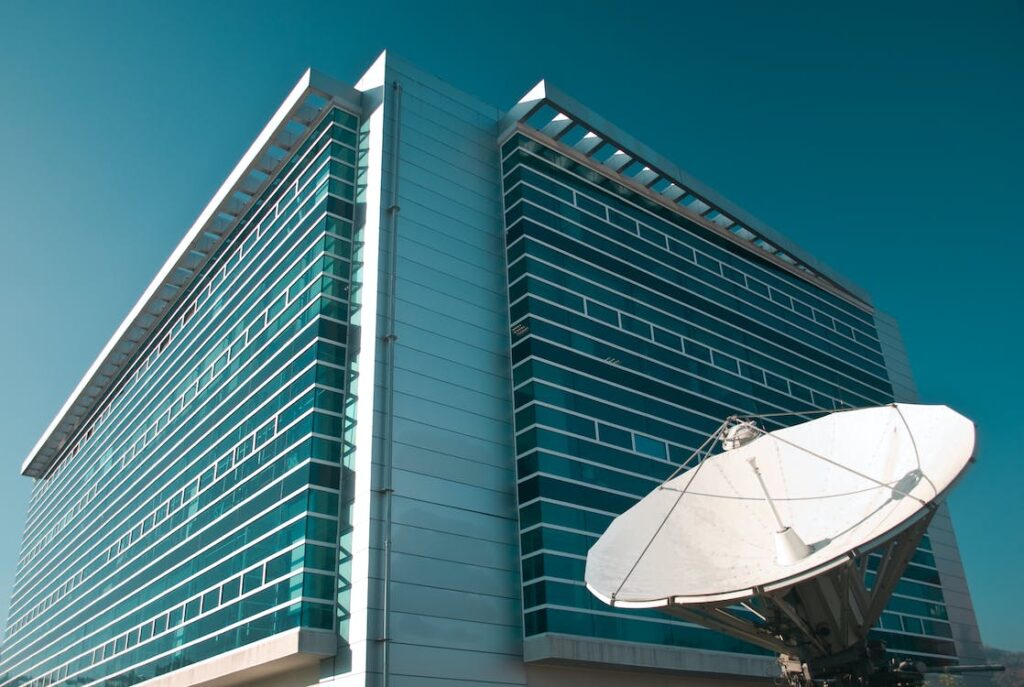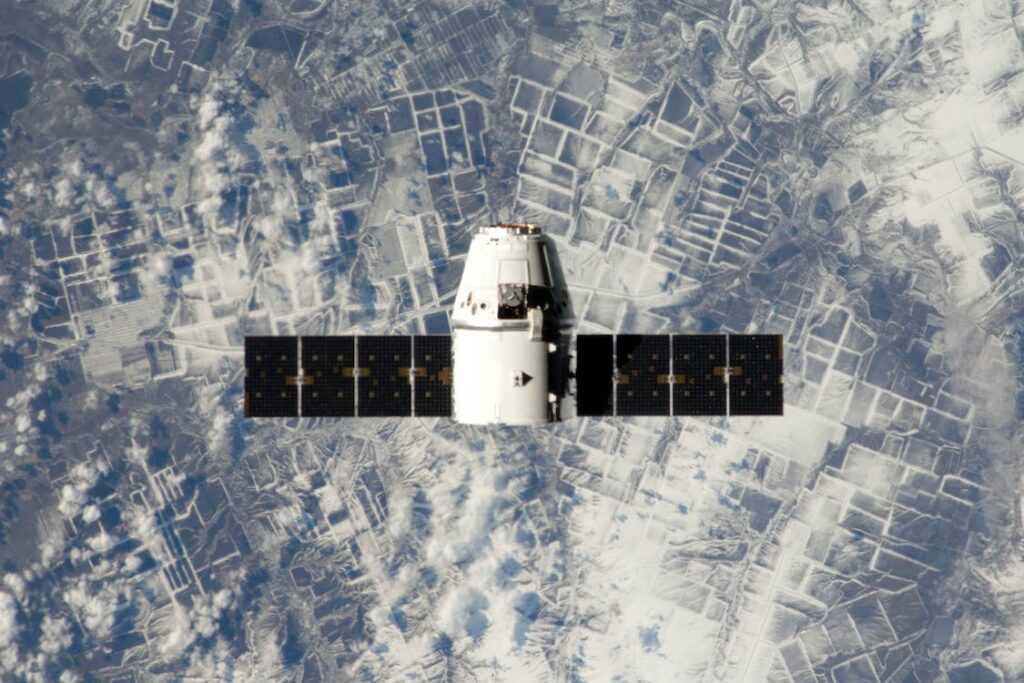Whether you’ve just moved to a remote area or are simply exploring your options, satellite internet will usually pop up on your radar. While getting satellite internet can be an attractive option for rural residents who don’t have access to conventional broadband connections, it’s just like with any type of internet service, there are a few important details to understand before you make the leap.
In this blog post, we’ll help you understand what exactly it is, what speeds it can offer, and what you’ll need to expect when you opt for this type of internet. Let’s begin!
Also Read: Bypass OTP with Real Working Indian Disposable Phone Numbers
What Is Satellite Internet?
As the name implies, satellite internet sends and receives data through a satellite dish. Through this method, it can deliver much faster speeds than dial-up or cellular services – even in rural areas where other kinds of high-speed internet are not available.
The technology works by receiving signals from a service provider’s geostationary orbit satellite. This signal is then sent to a modem inside your home, which translates it into data that can be used by your computer, tablet, or smartphone.
What Speeds Can You Expect From Satellite Internet?
As satellite internet technology has improved over the years, its speeds have increased as well. Major satellite internet providers like HughesNet offer download speeds of up to 25 Mbps, which is comparable to what you can get from cable and DSL services.
However, the upload speeds with satellite internet are usually lower than conventional broadband services. Upload speeds can range from 1 Mbps to 5 Mbps depending on the type of service you have.
Factors that May Affect Satellite Internet Speed
While satellite internet can offer decent speeds for downloading data, there are some factors that can affect your connection. These include:
- Weather Conditions – Rain and clouds can reduce the signal strength of the satellite, reducing your speeds or causing temporary outages.
- Location – If your dish is not properly installed, you will likely experience poor or below-average connection quality. That’s why it’s better to have your dish installed by your internet provider’s technician, as they know which direction to face.
- Equipment – Older satellite equipment can cause slowdowns in speed. Make sure to upgrade if your service provider offers it.
What Is Latency?
Latency, most commonly called ping, is the time it takes for data to travel from your device to the server and back again. Satellite internet typically has higher latency than cable or DSL services due to the distance the signal must travel, which can cause lag when playing online games or streaming videos.
How Does It Affect Satellite Internet Performance?
Latency can affect the performance of your satellite connection, especially when it comes to data-intensive activities such as gaming or video conferencing. Higher latency means that there is a longer delay between your request for data and when it is received. Which can be problematic if you need quick responses.
Ways to Reduce Latency on Your Satellite Internet Connection
If you’re experiencing latency issues on your satellite internet connection, there are a few things you can try:
- Make sure that the dish is properly installed and pointing in the direction of the service provider’s geostationary orbit satellite.
- Check for background applications running on your computer – these can take up bandwidth and slow down your connection.
- Ensure you have the latest firmware installed on your router and modem.
- Avoid using too many devices connected to your network at once, as this can cause congestion and slow down speeds.
What Are Data Caps?
Satellite internet services usually come with a monthly data allowance – also known as a data cap. Depending on the service provider and plan, you may be limited to between 10 GB and 150 GB of total data usage per month.
If you go over your data cap, your speeds may be reduced to dial-up speeds, or you may even be charged for the extra data you have used.
What Can You Do To Avoid Data Caps?
Here are a few tips to avoid going over your data allocation and prevent unnecessary extra fees:
- Use an alternate connection, such as 4G or DSL, if possible, to offload some of your usages.
- Limit streaming services to standard definition (SD) instead of high definition (HD).
- If you have multiple devices connected to the same network, try turning off or disconnecting those that are not in use.
- Set a data monitoring tool to alert you when you reach certain usage thresholds.
- Look for internet plans with higher data caps if available.
Final Thoughts
Satellite internet can be a great solution if you need access to the internet in remote areas. But it’s important to understand the factors that can affect your connection speed and data caps. By taking these into consideration, you can make sure that you get the most out of your satellite service.


